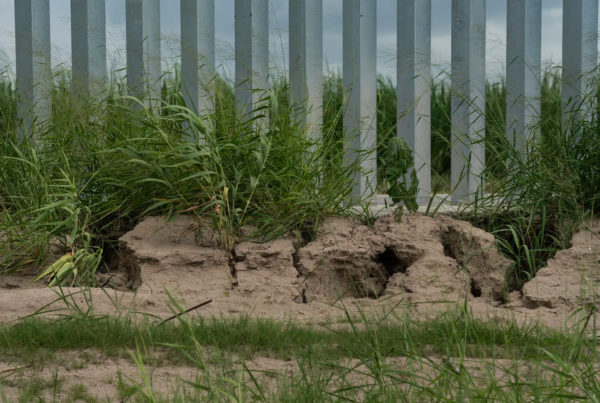On Monday, a European oil embargo against Russia kicks in, and OPEC Plus, an international group of the world’s top oil-producing countries, has decided to continue its existing policy of production cuts.
This stand against Russia comes in response to the country’s invasion of Ukraine, an action that continues to have impacts on the global economy. Matt Smith, lead oil analyst for the Americas at Kpler, joined the Texas Standard to talk about what this all means for Texans.
This transcript has been lightly edited for clarity:
Texas Standard: OPEC Plus, which is made up of 20 countries, met Sunday for the first time since early October, when they’d announced a cutback of 2 million barrels per day. What did they decide Sunday, and what does their decision tell us about the state of the global oil market?
Matt Smith: Well, they had a very quick meeting. They had it online; they didn’t actually meet in person. They were going to, and then they changed it halfway through last week to be online. So it kind of signaled that they were just going to seemingly just roll over their current plan. And that’s what they’ve done. We think the reason they’ve done that is just because of the uncertainty and volatility in the markets. They’re waiting to see what happens with this price cap that’s getting applied on Russia here.
Then Monday we have the start of the EU 27 ban on Russian crude. Is this as big a deal as it sounds? What kind of disruption could we be looking at?
Well, what we saw was prior to the invasion of Ukraine, EU 27 countries were taking about 1.8 million barrels a day of Russian crude. And then since they’ve been gradually weaning themselves off of that and pulling in crude from elsewhere instead. But even just last month, we’re still seeing about half a million barrels a day going into EU 27 countries. So just a few of them were left sort of stragglers. But those countries have now stopped, and that ban has kicked in.
A couple of things have kicked in – what do you mean?
Well, the idea with Russia was that we were going to see their production shut in and we were going to see their export shut in. And that just hasn’t happened. So even though EU 27 countries have cut back on their dependency on Russia, we’re seeing those flows instead heading elsewhere. And so you’re not actually seeing a drop in supply out of Russia. In fact, that production increased last month. And so these efforts to try and, you know, cut the Russian oil revenues just doesn’t seem to be really coming through. Yes, their crude is being discounted, and so it’s cheaper, but you’re still getting this picked up predominantly by Asia and particularly by India.
Can you connect the dots between the EU ban on Russian crude and the U.S. in Texas specifically? What does this mean on a more local scale?
Well, it really depends on how it’s going to impact prices. There is this price cap that’s getting applied on Russian crude as well. But we don’t think that’s really going to have much of an effect at all just because the Russians have said they won’t supply crude to people that are going to enforce a price cap. So with everything else that is happening here, that uncertainty, we could see prices moving higher here into year-end. And because of that, that could push prices at the pump higher. And actually, one thing we’ve seen just recently, which we haven’t seen for a year, really, is that prices in Texas have dropped below year-ago levels: They’re now at $2.80 a gallon. So that’s a good thing. But we could, in theory, see them moving a little bit higher, if prices for oil moved higher.
Good thing for consumers. What about for Texas oil and gas producers?
You know, the production side of things is struggling a little bit just from the perspective that there is rising costs, there’s that inflationary pressure and also labor shortages. But, you know, prices around these levels are still incentivizing higher production, just perhaps not at the rate that we’re seeing sort of four, five, six years ago.













